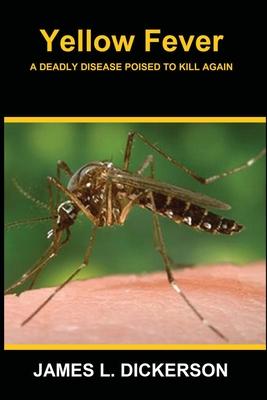In a vividly told narrative, filled with poignant and graphic scenes culled from historical archives, James L. Dickerson, author of Cirrhosis: An Essential Guide for the Newly Diagnosed and Inside America's Concentration Camps: Two Centuries of Internment and Torture, recounts the history in this investigative book of one of the most feared diseases in American history. From the late 18th to the early 20th century, yellow fever killed Americans by the tens of thousands in the Northeast and throughout the South.
Especially devastated by yellow fever were Mississippi, New Orleans, and Memphis, Tennessee.
In Memphis alone, five thousand people died in 1878. Dickerson describes how public health officials gradually eliminated the disease from this country, so that by the mid-1950s it had ceased to be of much concern to the public at large. However, to this day no cure has been found. As a mosquito-borne viral infection, yellow fever is impervious to antibiotics, and it continues to wreak havoc in parts of South America and Africa. Focusing on the present, Dickerson discusses the potential threat of yellow fever as a biological warfare agent in the hands of terrorists. Also of concern to public health researchers is the effect of global warming on mosquito populations. Even a one-to-two degree warming enables disease-bearing mosquitoes to move into areas once protected by colder weather. He concludes with a discussion of current precautionary efforts based on interviews with experts and analysis of available studies. Both absorbing history and a timely wake-up call for the present, Yellow Fever is fascinating and important reading.
